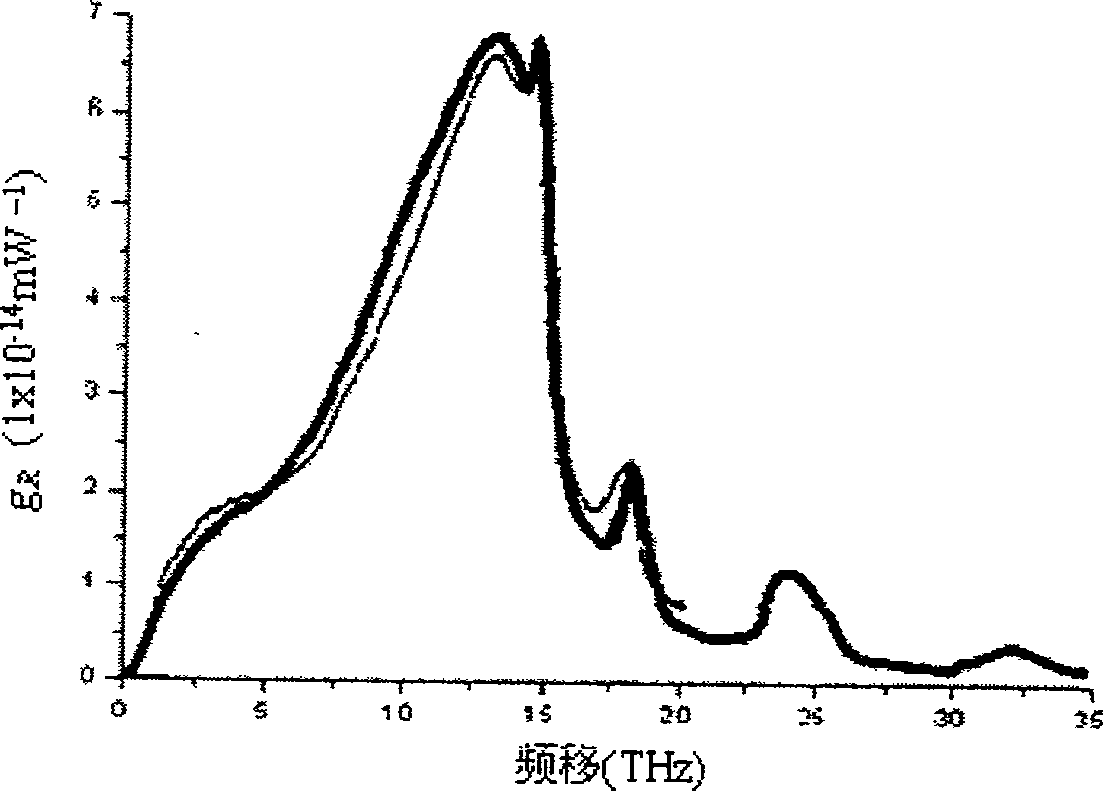Gain medium of Raman amplifier
A Raman amplifier, gain medium technology, applied in instruments, optics, nonlinear optics, etc., can solve the problems of difficult FRA, reduced size, low gain coefficient, etc., achieve lattice structure optimization, low pumping optical power, high gain effect
- Summary
- Abstract
- Description
- Claims
- Application Information
AI Technical Summary
Problems solved by technology
Method used
Image
Examples
Embodiment 1
[0035] Referring to the photonic crystal fiber structure of solid light guide, it is composed of quartz and air holes in the cladding, which can be regarded as the quartz in the center surrounded by air holes. In view of this, the present invention calls such a structure a light guide unit, the central solid part is called a central optical waveguide area (core), and the peripheral air hole and its surrounding areas are called an external field area. like Figure 5 As shown, the central optical waveguide area is inside the middle ring, and the outer area with air holes is the outer field area.
[0036] See Figure 4. This embodiment includes a first light guide unit and a second light guide unit, and the second light guide unit is distributed in the outer field area of the first light guide unit and is surrounded by air holes of the first light guide unit. The structures of the first and second light guide units are arranged in the manner of photonic crystal fiber, that is,...
PUM
 Login to View More
Login to View More Abstract
Description
Claims
Application Information
 Login to View More
Login to View More - R&D
- Intellectual Property
- Life Sciences
- Materials
- Tech Scout
- Unparalleled Data Quality
- Higher Quality Content
- 60% Fewer Hallucinations
Browse by: Latest US Patents, China's latest patents, Technical Efficacy Thesaurus, Application Domain, Technology Topic, Popular Technical Reports.
© 2025 PatSnap. All rights reserved.Legal|Privacy policy|Modern Slavery Act Transparency Statement|Sitemap|About US| Contact US: help@patsnap.com



